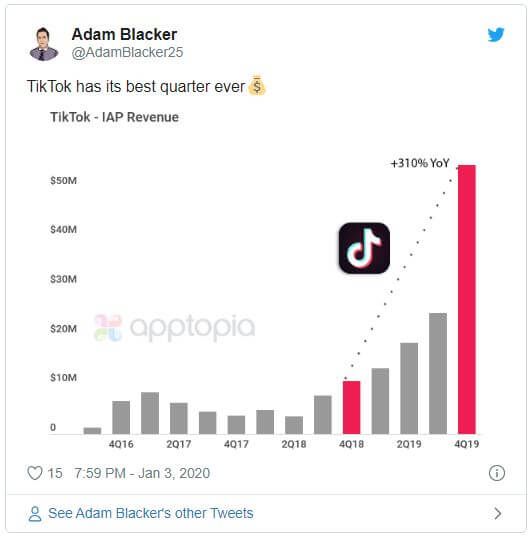Gen Z’s Approach to Video on Social Media

This generation is more than familiar with social media, but with every picture, snap, like, comment, the most amusing form of content that is growing rapidly and on the rise is video. It’s the head of the dragon leading the pack of the other types of content.
One of the first apps to become famous for platforming hilarious and relatable videos was Vine. Vine blew up in 2014, only to be shut down in 2016, but what this developed in our generation was a greater love for video content. We created ephemeral content apps like Snapchat, with photos and videos to stay on the platform for only 24 hours, where a trendy format for posts that was eventually introduced to Instagram and Facebook was developed — “stories.” With our nimble thumbs, we can tap through at least 30 stories in under a minute, although, in the grand scheme of things, we probably forget every story less than five minutes after having viewed it.
Ads pop up between stories and brands blast us with deals and “real customer reviews” while we’re just trying to keep up with our friends, and especially when we’re trying to keep up with influencers and other content creators. With little to gain from these short clips, it’s hard to imagine the kind of a time-wasting generation has been created. However, the relevance of video is likely to dominate — It is predicted to be the form 82% of all content takes by 2022, according to a Cisco report.
TikTok, the app that we have all grown to know and love (which it seems very few of us actually have installed on our devices, despite all the talk about it), grew to over 300% revenue increase in the fourth quarter of 2019 alone, according to Apptopia. Though it may be a growing app in many instances, it definitely caters to a younger demographic, and few college students are taking advantage of it.
Skyline College student Ally Castillo said she deleted all her social media in the beginning of the year.
“It was just getting too much,” she said. “Sometimes it felt like everyone was on it for attention, and I didn’t feel like that’s who I am. Plus, it was taking up most of my time.”
The more we use these platforms, the more we encourage advertisers to invest in them, creating apps like these to become their own TV, shopping mall, AI, and other niche opportunities that make us less inclined to leave the house.
These apps know what we like, and the length of our attention spans, and it’s very hard to pull away from it all. With everything at our fingertips, at such a high speed, we begin losing our grip on the pace of real life.
With TikTok gaining popularity among young users, who knows what other social media platforms will come up with to stay relevant? In contrast, Instagram, with their recent launch of IGTV, took out the button on the home screen for easy access, for the lack of usage this January. Are people turning to TikTok for their muse? Or perhaps YouTube is still dominating.
“YouTube does a better job of catering towards various specific subjects that are more easily verifiable, whereas TikTok spreads like wildfire,” Skyline student Amrutha Natarajan said. “They’re entertaining and funny, but that’s about it.”
YouTube has been part of our culture for nearly our whole lives, and it’s provided us with great content, for the most part. Sometimes it’s been as memorable as shows like “Funniest Home Videos” and “Friends.” Instagram can be too inauthentic and carefully curated to strike a real chord, and TikTok has a majority of cringe-worthy videos with little meaning — yet the demand keeps rising.
Watching videos online takes up a large part of our lives, even in terms of Netflix, Disney+, and Hulu. The choices of what to watch will always be there for you to consume, but don’t forget what you stand for. If you create content, that’s awesome! And if you just consume, laugh, and engage, that’s awesome too. Take care to live your life the way you want, but know that video content is here to stay –– and conquer.






